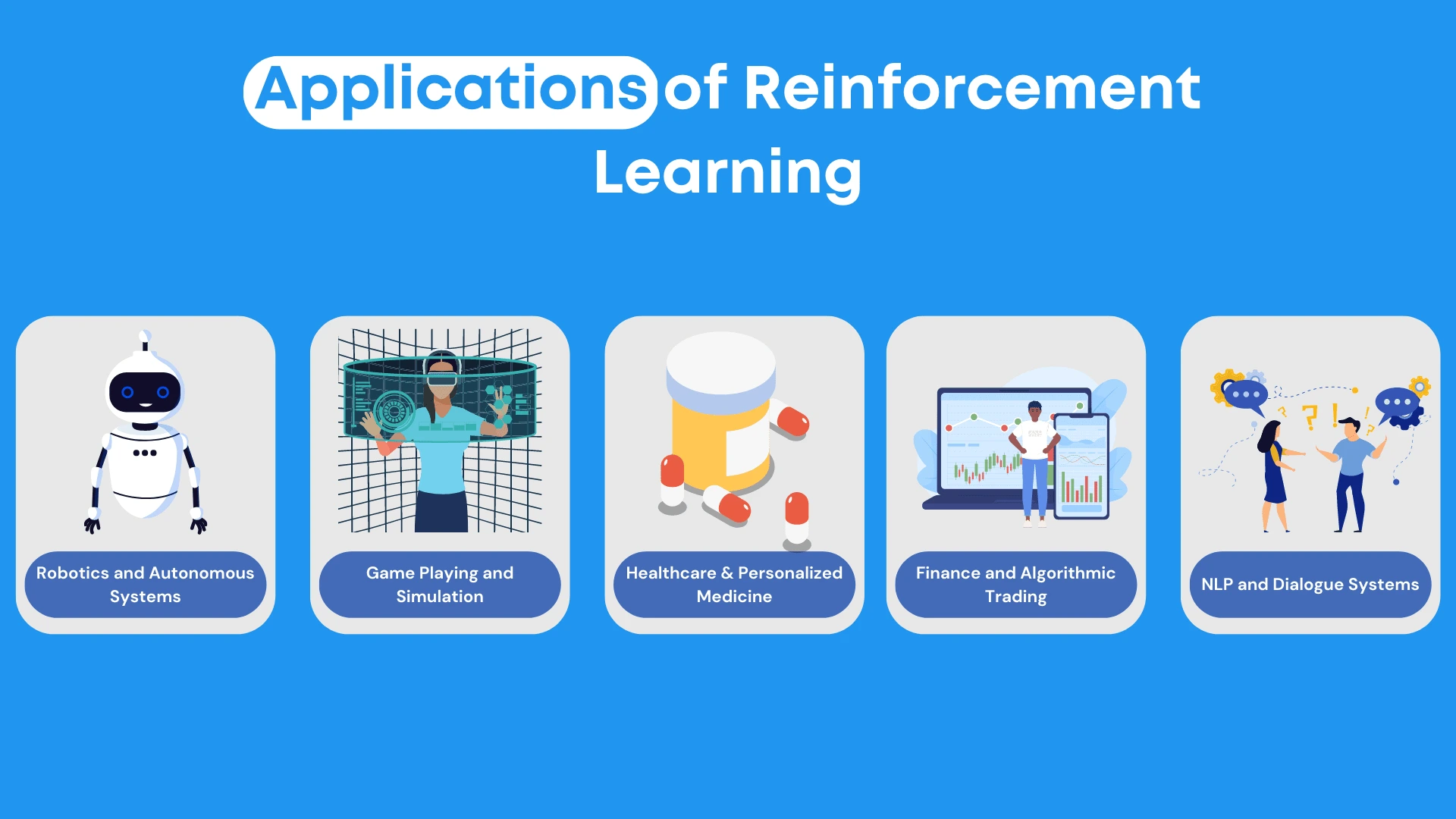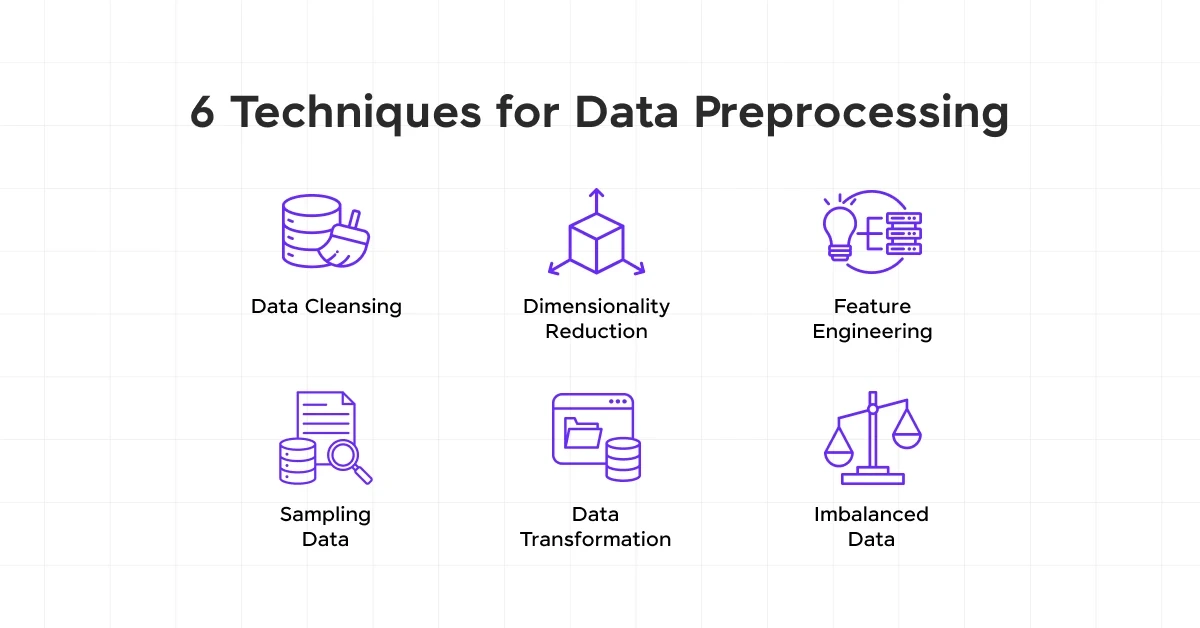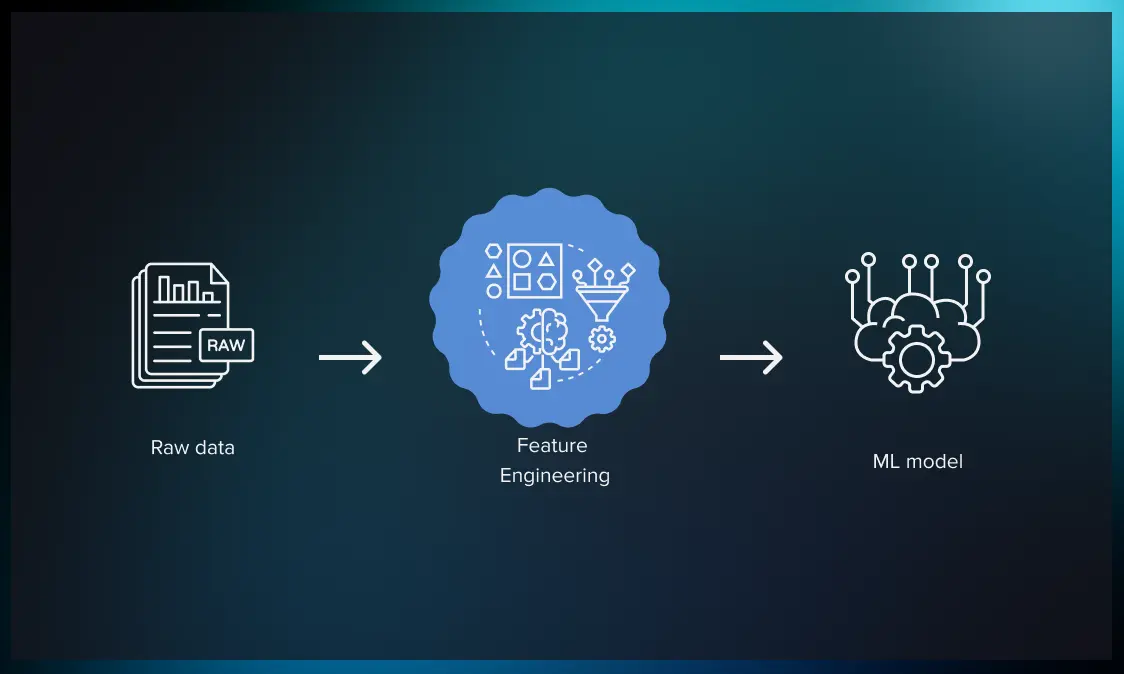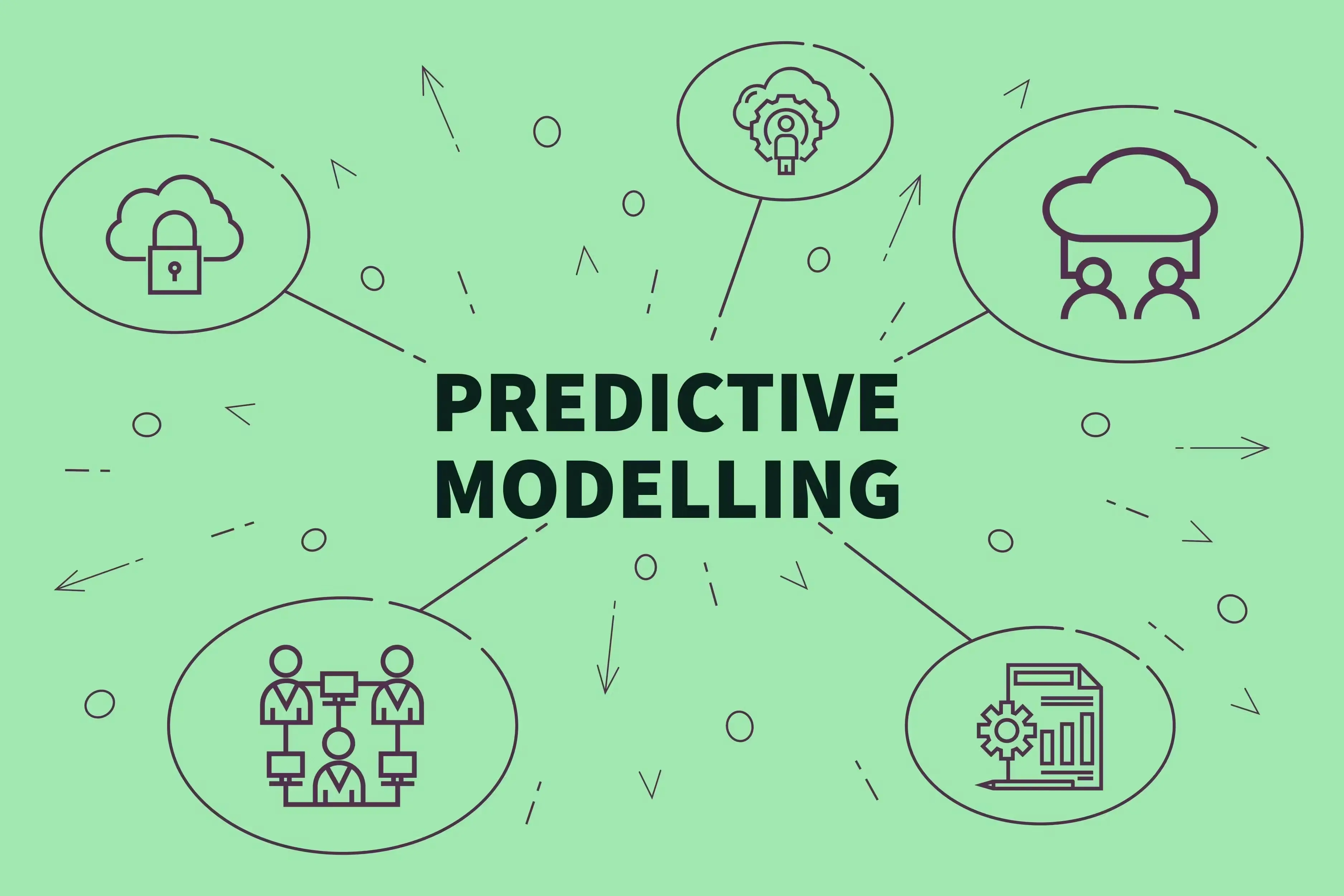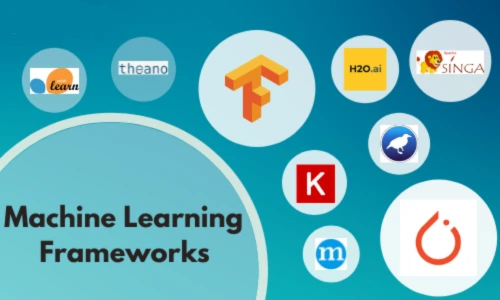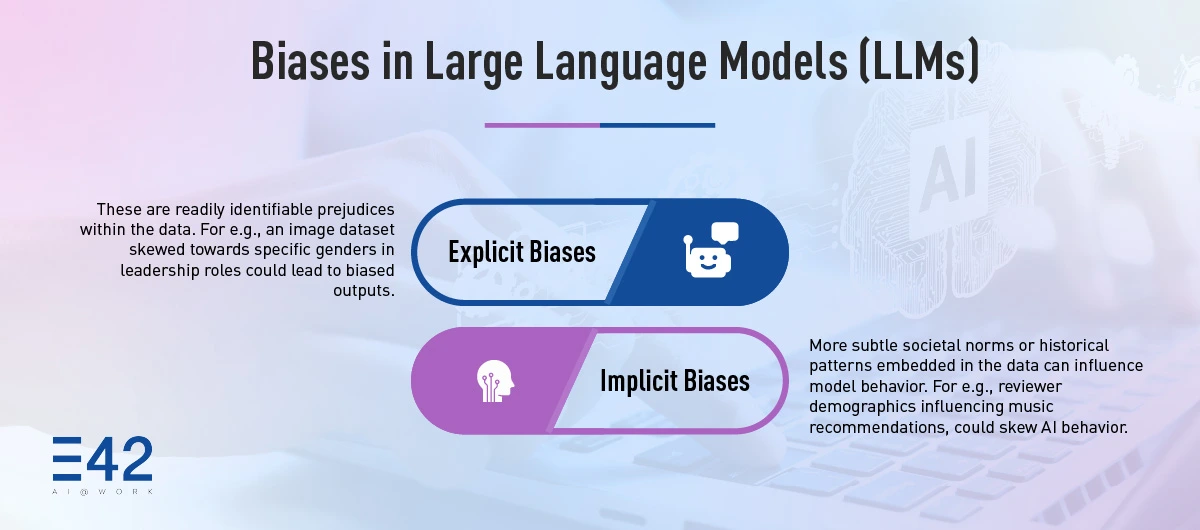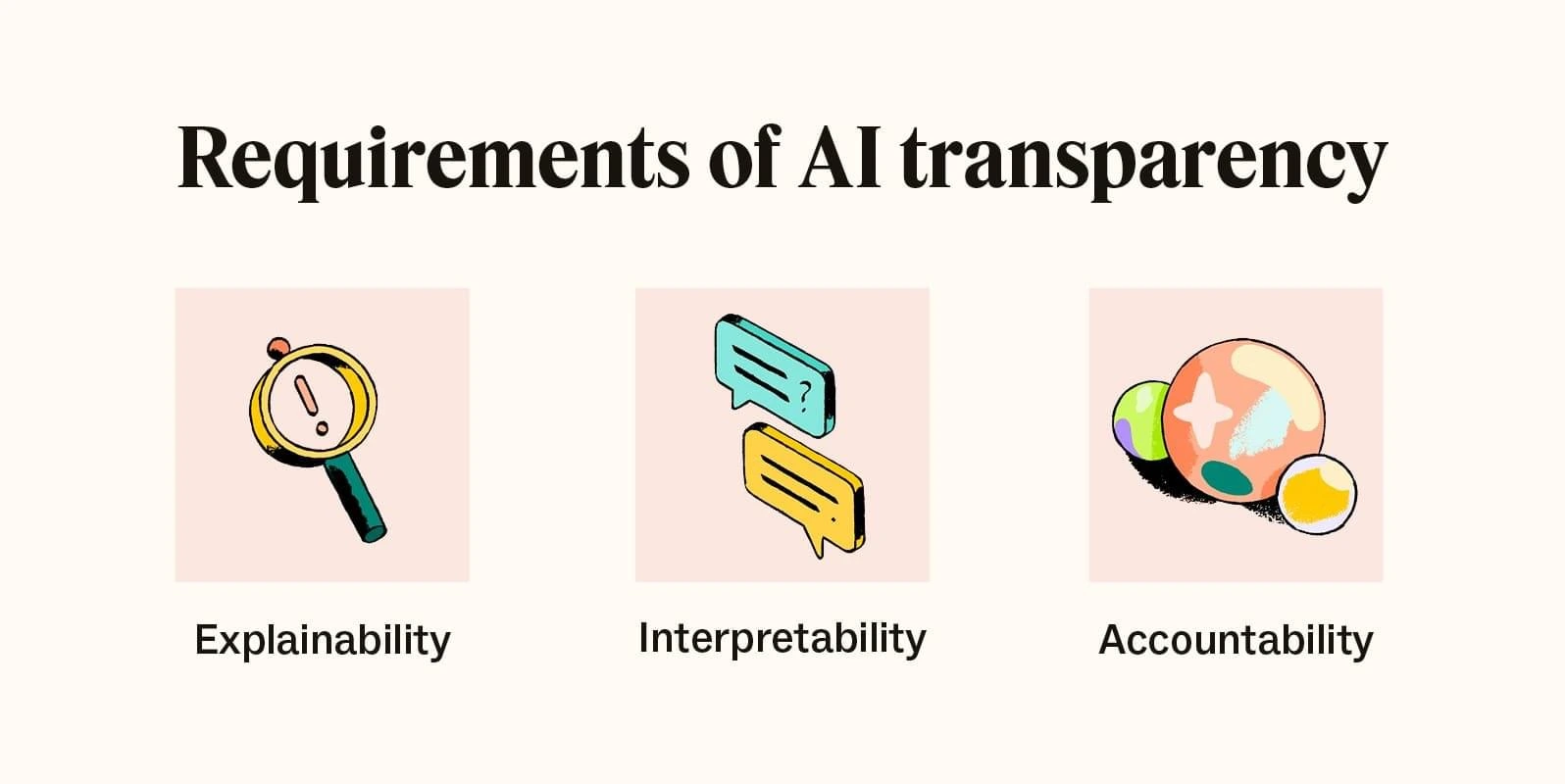Understanding the Basics of Reinforcement Learning
Ever wondered how machines learn to make decisions? Reinforcement learning (RL) is one of the most fascinating branches of machine learning, where algorithms learn by interacting with their environment to achieve specific goals. Unlike supervised learning, where machines learn from labeled data, RL thrives in dynamic environments. The process is similar to how we train a dog—rewarding good behavior and discouraging undesirable actions.
How Reinforcement Learning Works
At its core, reinforcement learning revolves around three main components:
- Agent: The decision-maker.
- Environment: Where the agent operates.
- Reward Signal: Feedback to guide the agent’s actions.
The agent performs actions, receives feedback (rewards or penalties), and adjusts its future behavior to maximize cumulative rewards. It’s a bit like playing a video game—you learn from trial and error until you master it.
Key Applications of Reinforcement Learning
Reinforcement learning isn’t just an academic concept; it powers some of the most groundbreaking technologies today. Here are a few areas where it shines:
1. Robotics
Robots learn complex tasks like walking, picking up objects, or navigating unfamiliar terrain. Using RL, robots optimize their movements and adapt to changes in the environment.
2. Gaming
Remember AlphaGo beating the world champion in Go? That was reinforcement learning in action. AI in gaming uses RL to develop strategies and outperform human players.
3. Autonomous Vehicles
Self-driving cars rely heavily on reinforcement learning to navigate roads, avoid obstacles, and make real-time decisions. By continuously learning from data, these vehicles improve over time.
4. Healthcare
From personalized treatment plans to drug discovery, RL assists in creating adaptive systems that learn and improve based on patient responses.
5. Financial Systems
Stock trading algorithms use RL to predict market trends and make profitable decisions, often outperforming traditional models.
Challenges in Reinforcement Learning
While RL offers immense potential, it also comes with its fair share of challenges. Let’s break them down:
1. Exploration vs. Exploitation
Finding a balance between exploring new strategies and exploiting known ones is tough. Too much exploration can lead to inefficiency, while excessive exploitation might prevent the discovery of better solutions.
2. Reward Design
Creating an effective reward system is tricky. Poorly designed rewards can lead to unintended behaviors or suboptimal outcomes.
3. Computational Requirements
Training RL models demands substantial computational power, which can be a barrier for smaller organizations or individuals.
4. Real-World Implementation
Applying RL in real-world scenarios often involves unpredictable environments, making it hard for models to generalize.
5. Ethical Concerns
Decisions made by RL models can have ethical implications, especially in sensitive fields like healthcare or criminal justice. Ensuring fairness and transparency is a pressing challenge.
Personal Take: My Journey with Reinforcement Learning
When I first encountered RL, I was intrigued by its potential. I experimented with training a simple agent to play a game, and while it wasn’t perfect, seeing the agent improve over time was incredibly satisfying. It made me realize how similar this process is to teaching a child—full of trials, errors, and eventually, success.
But I also hit roadblocks, especially in reward design. A small tweak in the reward system led to unexpected outcomes, teaching me just how nuanced and challenging this field can be.
Future of Reinforcement Learning
The possibilities are endless. As computational power increases and algorithms evolve, RL is set to redefine industries. Imagine personalized AI assistants, robots capable of learning new tasks autonomously, and self-driving cars that adapt to any environment seamlessly.
Conclusion: Embracing the Journey of RL
Reinforcement learning isn’t just about creating intelligent machines—it’s about understanding how learning itself works. Whether you’re a tech enthusiast or a curious learner, diving into RL offers a glimpse into the future of AI.
